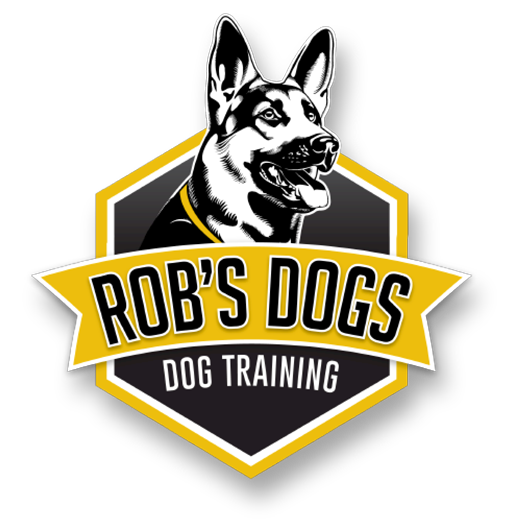Five Dangerous Behaviors Dog Training Classes Can Address
Some dog behaviors are annoying: begging for food, urinating on the carpet, and sitting on the furniture. While these behaviors may be bothersome and justify dog training, they do not necessarily pose a danger to the dog or to the owner. There are, however, other behaviors that can threaten the dog’s health or life. Here are five dangerous behaviors that dog training classes can help address.
Licking or Pulling at Fur
It is normal for dogs to engage in some grooming behaviors. For example, dogs will pull or lick their fur to clean it from time to time. Licking or biting fur is also the dog’s way of scratching at dry skin, rashes, or insect bites.
However, sometimes the cause is behavioral rather than physical. Dogs can develop compulsive behaviors like licking and pulling fur or gnawing on their feet, legs, or tail when they are stressed, anxious, or lonely.
Sometimes dogs engage in this behavior to attract their owner’s attention. Dogs crave attention and will seek negative attention if no positive attention is being given. Other times, this behavior is intended to soothe themselves; licking or gnawing can allow them to tune out the world. Dogs and people have the same reward system in their brains. When a dog engages in a soothing but destructive activity, dopamine reinforces the behavior and can create compulsions like human addiction.
Overcoming compulsive behavior requires dog training for both the dog and the owner. The owner needs to recognize the reasons for the dog’s compulsion and the dog must learn different outlets for anxiety that do not put him/her at risk.
Chasing
Dogs instinctively chase because they have been bred to hunt and herd. This is fine when the puppy chases your toddler around a fenced yard, but this is dangerous when the puppy chases cars, bikes, or pedestrians. This can cause several adverse reactions, both when it comes to the health of the dog and the person or object they’re trying to chase.
Searching for ‘puppy training Phoenix’ and enrolling your puppy in dog obedience training can ensure the dog stays at your side or safely in their yard and reacts promptly to commands to stop the behavior.
Aggressive Behavior
Like chasing, aggression is dangerous because it poses a risk to the dog and other people. An aggressive dog could start a dog fight and wind up seriously injured. Worse yet, your dog could attack a family member, neighbor, or friend, leading to serious injuries, hospital bills, and even lawsuits.
No dog owner wants to be responsible for an overly aggressive dog. Dog training, however, can help identify the source of the dog’s aggression and attempt to guide it toward less aggressive behavior.
Chewing
Puppies are very similar to babies. Puppies sleep between 15 and 20 hours per day, just as babies sleep around 16 hours per day. Similarly, puppies, like babies, instinctively put everything in their mouths as a part of exploring their world. However, once babies and puppies reach a certain age, chewing becomes a dangerous behavior.
Chewing as a compulsive behavior can lead to serious health problems. Batteries, sharp objects, household chemicals, and berries and leaves from poisonous plants can cause serious, or even fatal, injury to a dog when ingested. It is vital to curb these behaviors through dog training at an early age.
Ignoring Commands
For every other dangerous situation, you will act as the dog’s extra eyes, ears, and brain. When you see your dog about to put itself at serious risk, you will likely yell commands like ‘stop’ or ‘come here’ to save the dog. A dog who either cannot understand the commands or chooses to ignore the commands could risk injury or death.
Dog training is not just a matter of etiquette. It can stop your dog from placing itself or others in dangerous situations. When you want the best training for your dog or puppy, rely on the experience of Rob’s Dogs for help.
Dogs are social animals that look up to humans for guidance and behavior expectations. As the owner, you have a role to play in determining how your dog behaves. Training your dog is the only way you can instill wanted behavior in your pet and ensure that your relationship is not compromised by bad behavior.
Dog obedience training can be conducted in a group setting or one-on-one. Group classes usually include one trainer for up to ten dogs, including your dog. Private dog obedience training classes, on the other hand, are conducted with just one dog.
Like people, every dog has a unique personality. What that also means is that they likely also have a unique set of hang-ups. Just because dog personalities are unique does not mean that their behaviors cannot be corrected.
Are you aware that the earliest remains of humans and dogs buried together are 14,000 years old? The close bond between man and canine has been around for centuries and it is only growing stronger.
